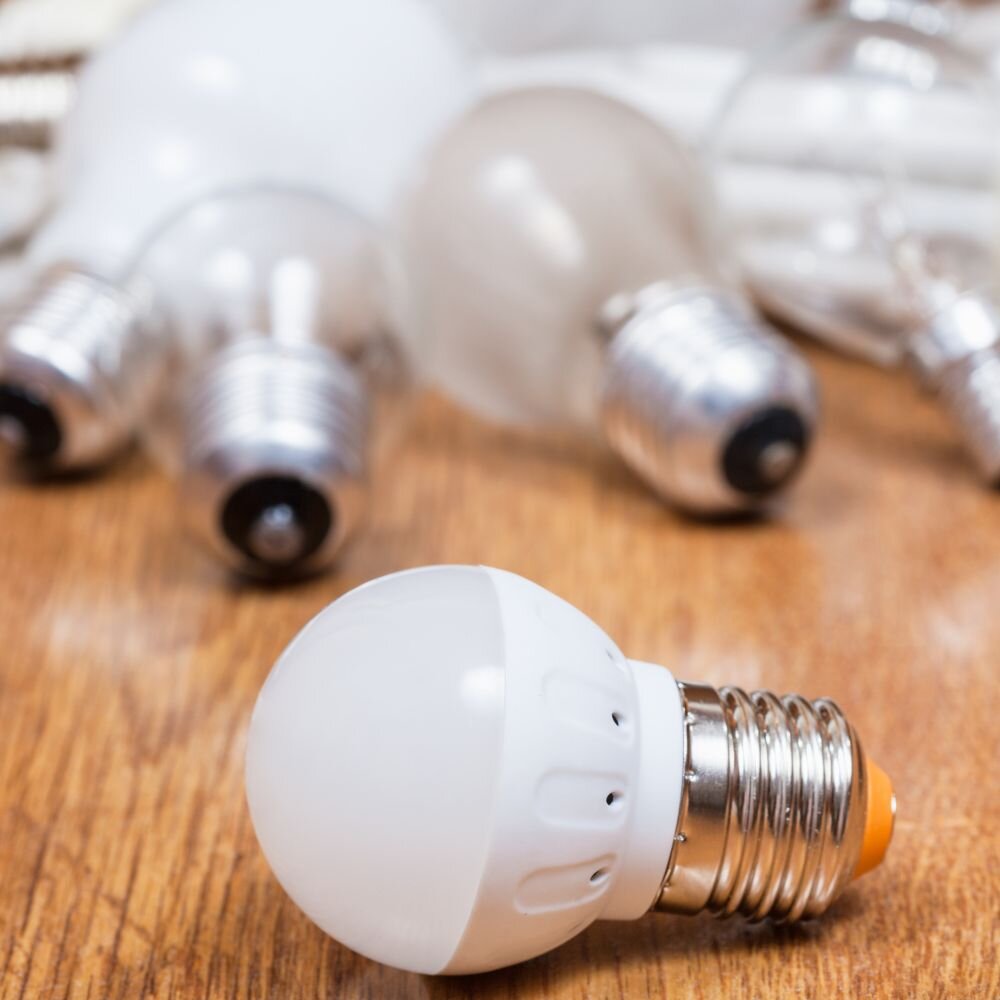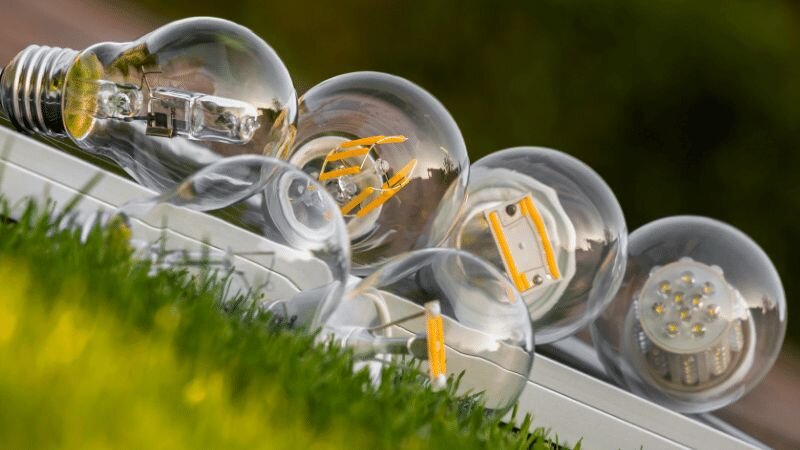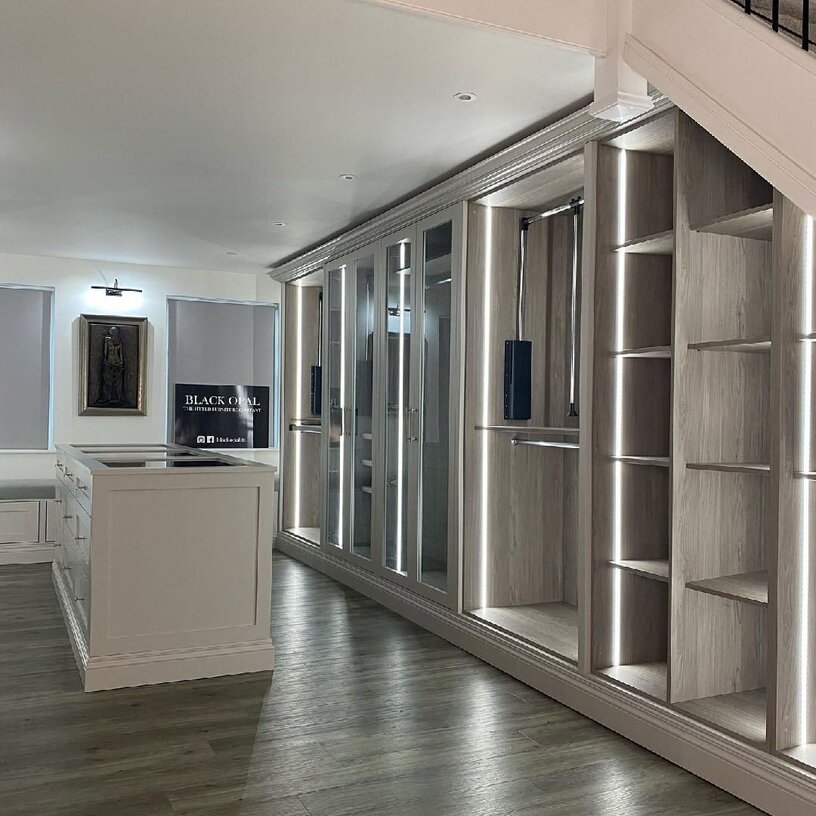
The UK Halogen Light Bulb Ban: Your FAQs Answered
Halogen light bulbs are becoming increasingly rare in the UK due to new regulations from the EU, which have phased them out. Although you might still come across halogen bulbs in some stores, they are no longer available for purchase by retailers, and existing stock are being replaced by LED bulbs. This follows the ban on incandescent light bulbs in 2009 and is part of a broader effort to reduce environmental impact.
In this guide, we’ll explore the reasons behind the ban on halogen bulbs in the UK and discuss why switching to LED lighting is a smart choice for both efficiency and sustainability.

What Are Halogen Bulbs?
If you've encountered a bulb that's unusually hot or seen one encased within another bulb, you're likely looking at a halogen bulb. Halogen bulbs are an evolved version of incandescent lighting, offering enhanced longevity and greater light output compared to traditional incandescent bulbs.
Operating at higher temperatures, halogen bulbs can reach wattages between 250 and 300, which makes them notably hot to the touch. They are relatively inexpensive and come in various designs, with spotlight bulbs being particularly common. Their classic shapes and affordability have made them a popular choice for many years.
While halogens are more energy-efficient than incandescent bulbs, they fall short when compared to the likes of LEDs.
Why Have Halogen Bulbs Been Banned In The UK?
Halogen bulbs are being phased out in the UK due to their inefficiency compared to LED bulbs. These traditional bulbs use significantly more electricity — about £11 a year versus just £2 for an LED bulb. This change is part of a broader effort by the UK and EU to reduce environmental impact and encourage energy savings.
There are several reasons why LEDs are a more efficient and cost-effective choice. They last significantly longer, use 75% less energy compared to traditional bulbs, and can be recycled. Additionally, LEDs are safer and offer many more advantages. To explore all the benefits of LEDs in detail, check out our blog on the topic here.
Halogen VS LED
Firstly, heat is a major factor. Halogen bulbs can become very hot, which can be a safety concern, particularly in households with young children. LEDs, on the other hand, stay cool to the touch. This not only makes them safer but also contributes to their longer lifespan, as they don’t overheat.
In terms of flexibility, LEDs offer a wide range of options. From LED neon flex to colour-changing strips and dimmable lights, LEDs provide much more variety compared to halogen bulbs. This versatility allows you to customise your lighting to suit different moods and styles, something halogen bulbs can’t easily match.
Transitioning from halogen or incandescent bulbs to LEDs is both simple and rewarding. At Ultra LEDs, we offer premium LED replacements that deliver exceptional light quality and energy efficiency. By upgrading to our high-quality LEDs, you’ll not only enhance your lighting experience but also save on energy costs.

Do I Need To Remove All Of The Halogen Bulbs From My Home?
If you still have working halogen bulbs in some of your home's light fittings, you don't have to remove them until they burn out. Once they're no longer fit for the job, you can simply switch them out with an LED alternative that's guaranteed to be more energy-efficient.
However, if you would like to start saving money — as well as the environment — sooner, you might decide to swap your halogen bulbs for LEDs before they stop working on their own. It's completely up to you.
What Are The Long Term Benefits Of The Halogen Ban?
Eco-Friendly: Switching from halogen to LED bulbs is great for the environment. LEDs cut around 1.26 tonnes of carbon emissions each year and don’t contain UV mercury, making them a greener choice. This change will not only lower your energy bills but also help reduce your carbon footprint and greenhouse gas emissions.
Energy Efficiency: New energy labels now use a simple A-G rating system. LEDs are rated as A, showing they’re highly energy-efficient. This makes it easier for you to choose options that use less power and are better for the planet.
Longer Lifespan: LED bulbs last up to 20,000 hours—five times longer than halogen bulbs. They’re more durable and need less maintenance, making them a more cost-effective and long-lasting choice.
Is The Brightness Of Halogen And LED Bulbs Measured In The Same Way?
Halogen bulbs measure brightness in watts, indicating how much energy they consume. For instance, a 60W halogen bulb typically produces around 700 lumens of light. On the other hand, LED bulbs measure brightness directly in lumens, which reflects the actual light output. LEDs are more efficient and use fewer watts to achieve the same level of brightness.
If you're thinking about switching from halogen to LED and need advice, explore our guides on selecting LED strip lights and their benefits. For personalised help, feel free to contact our team.





